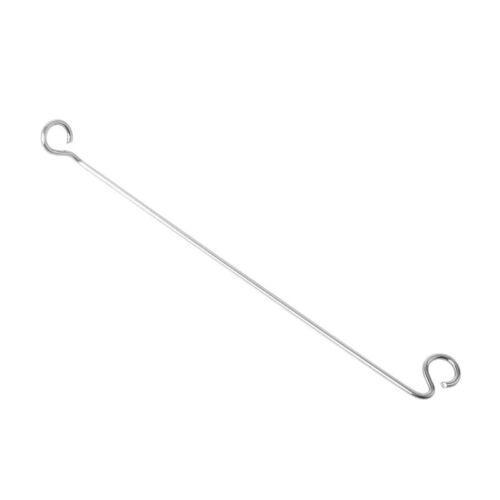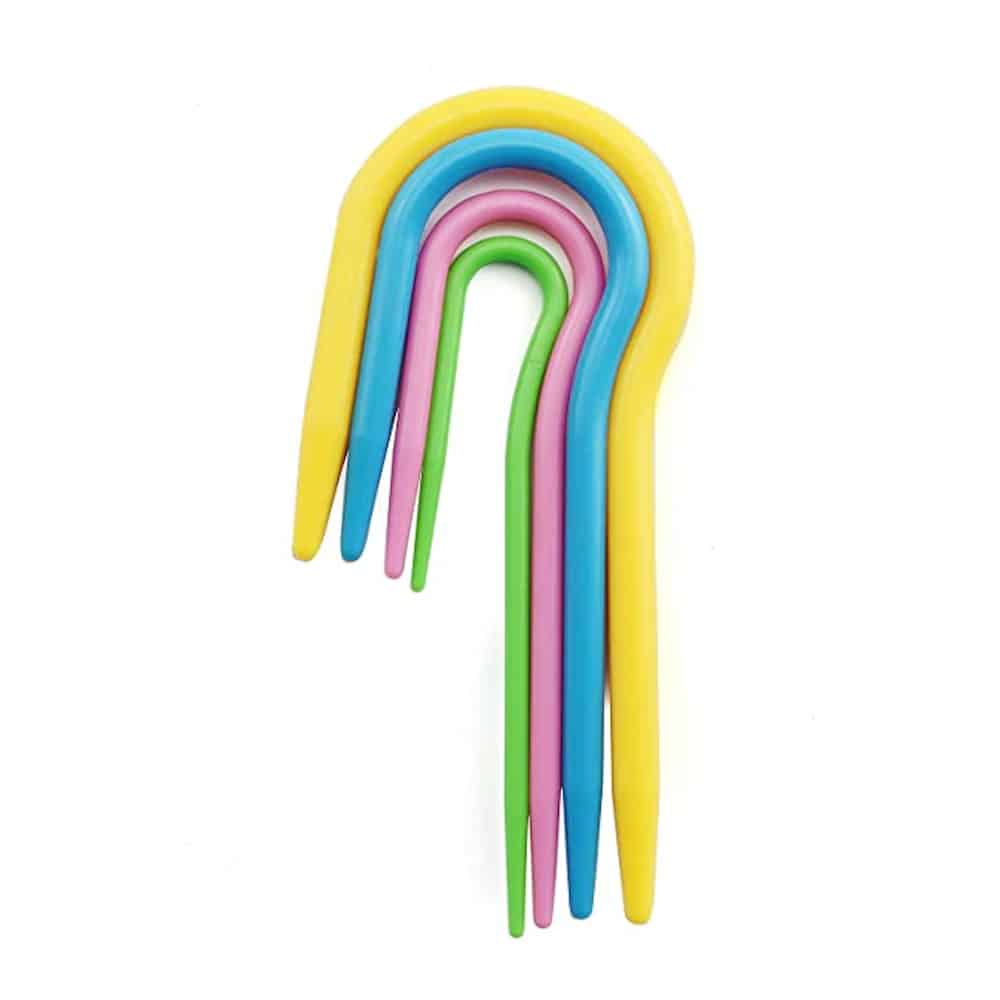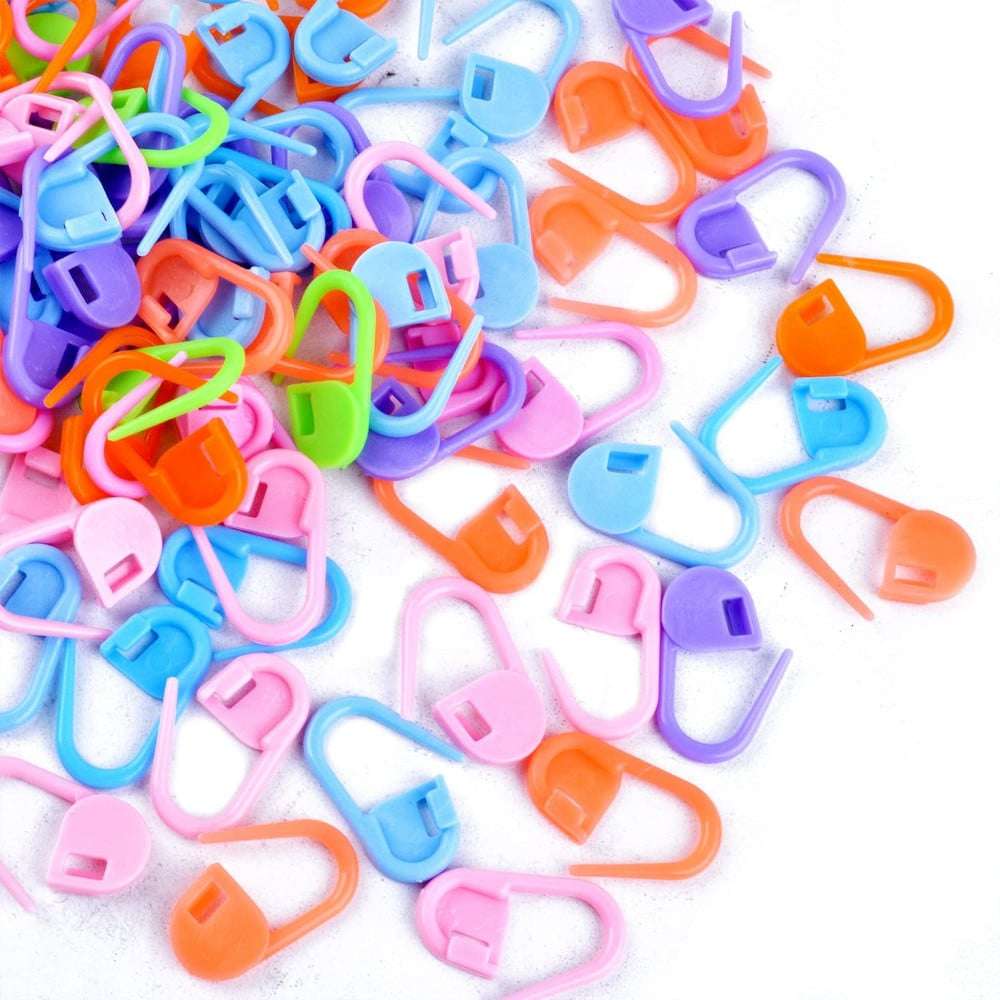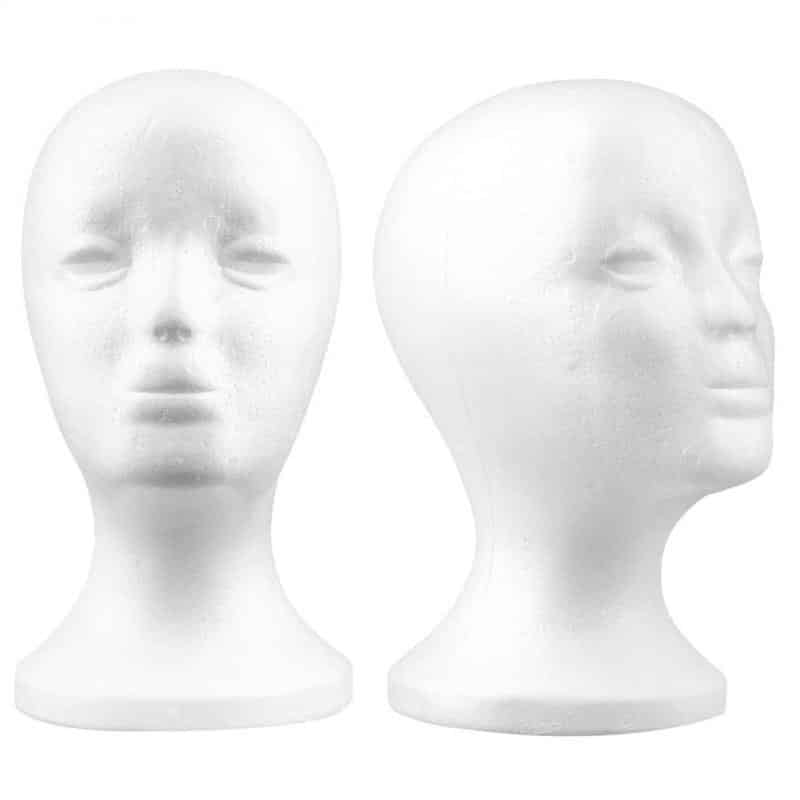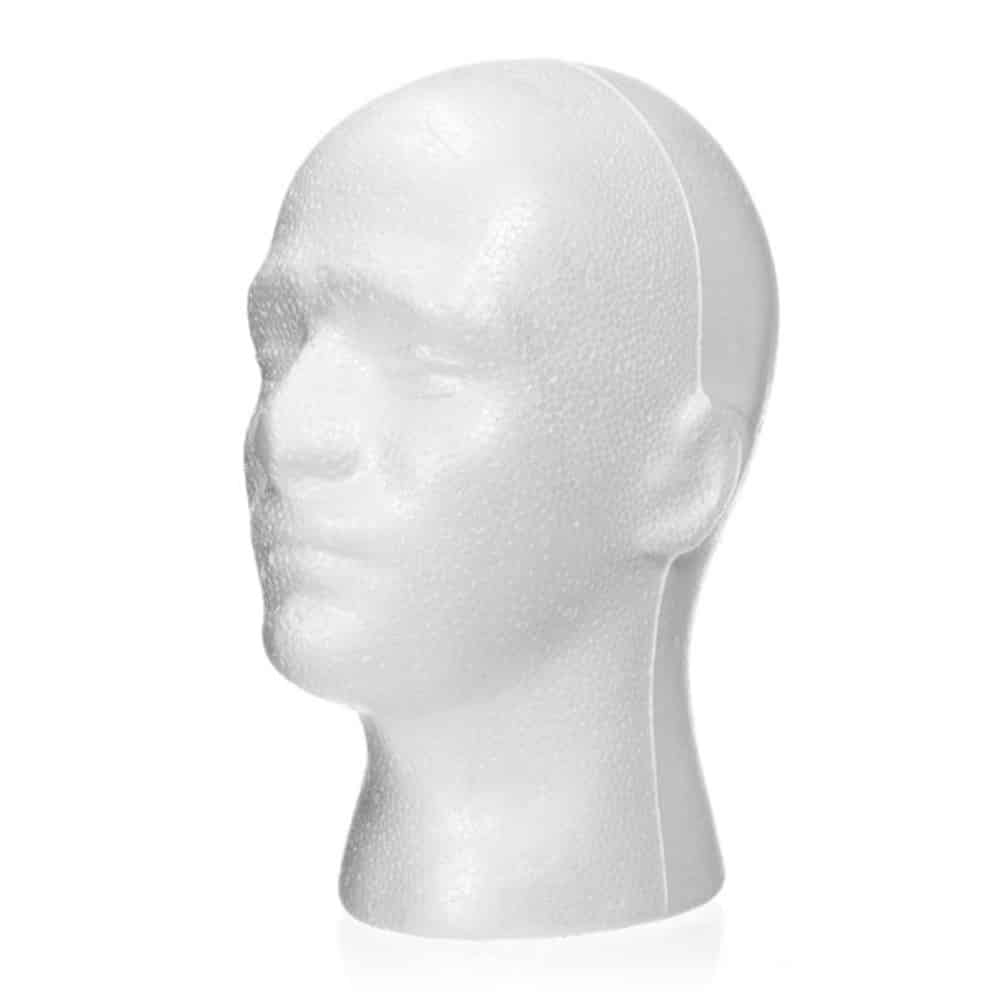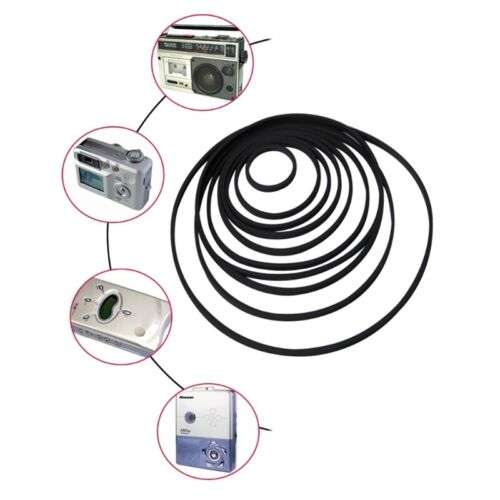




ID: 836676
SKU: GEN83667693F6
Category: Record Player, Turntable Parts
Tags: 30days
Optimized Turntable Belt: Enhance Speed, Reduce Noise, Multiple Size Options
About this item:
– If your turntable begins to produce unwanted noise or your vinyl records sound like they are playing too quickly or slowly, a new turntable belt may be the solution – Quality rubber construction is durable, reliable, and long-lasting – Many specifications to fit a huge selection of turntables – Easy to install and provides optimal sound quality – Some models are anti-static and oil-resistant
₹2000
On preorder
Delivered in 30-60 days
On Pre-Order
Guaranteed Secure
- Guaranteed delivery
- Fast shipping
- PAN India shipping
- 100% Secure payment
- Regular orders dispatch in 48 Hours
- Pre-orders dispatch in 30-45 days
- Returns accepted
- Fast refund process
- 24/7 customer support



